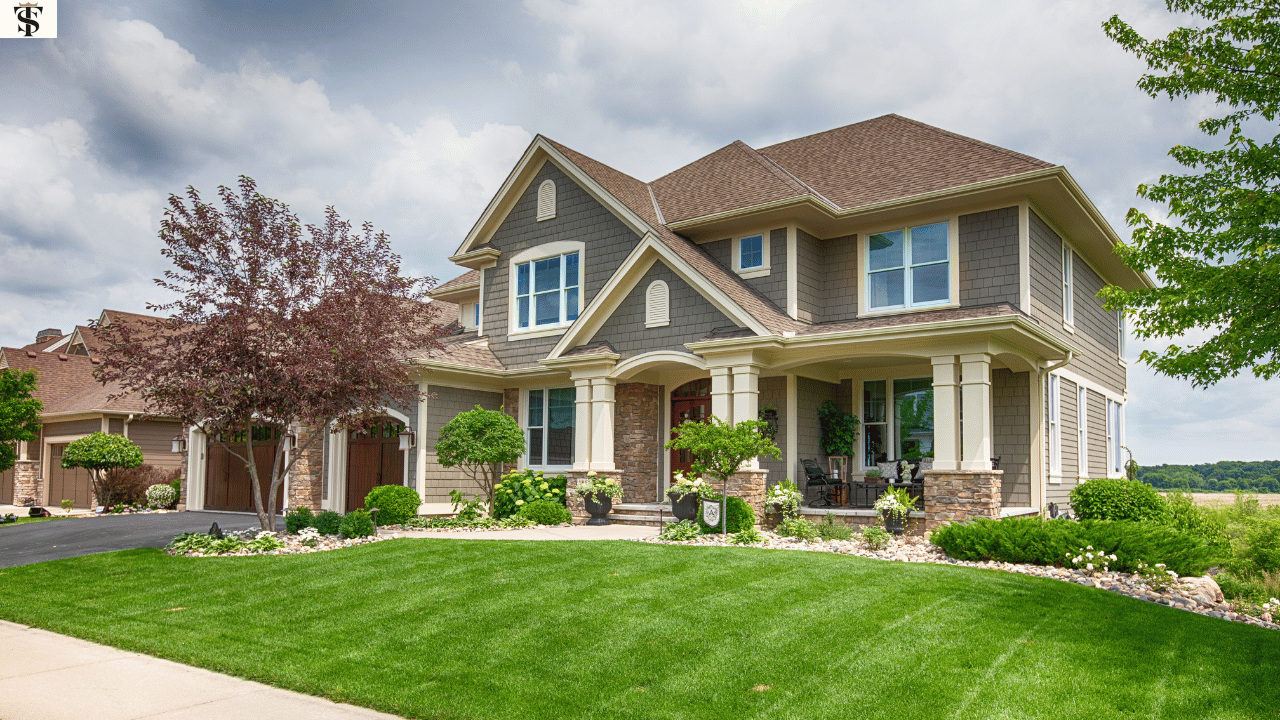Trump’s Threatened Tariffs: Will Your Home Price Soar?
The potential for rising home prices is becoming a pressing concern as President Trump’s threatened tariffs on Mexico and Canada loom over the trade landscape. Tariffs, aimed at altering trade imbalances, could create a chain reaction affecting the housing market. With the specter of increased costs hanging in the air, many homeowners and homebuyers are left wondering how these developments might impact their financial futures.
The President’s Trade War and Its Ripple Effect
When a country imposes tariffs, it raises the cost of imported goods. This action influences various sectors, especially housing. President Trump’s trade war, intended to protect American industries, may inadvertently swell home prices. As materials become pricier, builders may pass these costs onto consumers.
Beyond the Headlines: How Tariffs Impact the Housing Market
The housing market operates on supply and demand, and tariffs disrupt this balance. Higher material costs can push builders to limit inventory or increase prices to maintain profit margins.
Setting the Stage: Understanding the Connection Between Trade and Housing
Tariffs are not just numbers on a page; they affect the very materials used to construct homes. If key supplies like lumber and steel become more expensive, the entire construction landscape shifts.
How Tariffs on Building Materials Drive Up Prices
Lumber Prices and the Canadian Connection
Canada is a leading exporter of lumber to the U.S. Increased tariffs on Canadian lumber could result in a significant rise in prices. This could lead to higher home construction costs, making new homes less affordable.
Steel and Aluminum Tariffs: A Double-Edged Sword
Steel and aluminum tariffs create more complications. These materials are essential for both residential and commercial construction. Rising prices could stall projects and inflate overall building costs.
The Cost of Construction: A Breakdown of Rising Expenses
Here’s a quick breakdown of costs affected by tariffs:
- Lumber: Increased tariffs can boost prices by 20-30% or more.
- Steel & Aluminum: Prices could spike 10-15% due to tariffs.
- Labor: Rising materials costs may lead to higher labor wages.
The Impact on the Supply Chain: Delays and Shortages
Disrupted Import-Export Dynamics
Tariffs can lead to delays in receiving materials. Builders may face longer wait times, which can stall projects.
Bottlenecks in Construction Projects
A shortage of materials can cause bottlenecks, delaying home deliveries and reducing market supply. When demand remains constant, this can skyrocket prices.
The Domino Effect: From Materials to Labor Costs
As construction expenses rise, builders might seek to cut corners on labor costs. This can lead to lower-quality construction or delayed timelines and impact future demand for housing.
The Consumer’s Burden: Rising Home Prices and Mortgage Rates
The Affordability Crisis Deepened
Rising prices make homes less affordable for many. This situation pushes potential buyers out of the market, leading to an affordability crisis.
The Impact on First-Time Homebuyers
First-time homebuyers, often on tight budgets, face the toughest challenges. As prices rise, down payments become harder to save up for.
Regional Variations in Housing Market Impact
Not all regions will see the same effects. Areas heavily reliant on new construction could experience sharper price increases compared to regions with older housing stock.
Navigating the Uncertain Market: Strategies for Homebuyers and Sellers
Researching Market Trends
Homebuyers should keep an eye on local market trends. Understanding which areas are experiencing price hikes can provide insight.
Working with Experienced Real Estate Professionals
Partnering with a knowledgeable real estate agent can help navigate challenges. They can provide valuable insights about market movements and pricing.
Understanding Mortgage Options in a Volatile Market
Consider exploring different mortgage options. Interest rates may fluctuate as home prices rise, affecting monthly payments.
Government Response and Potential Mitigation Strategies
Policy Interventions to Alleviate Cost Pressures
Governments may respond by adjusting tariffs or offering subsidies for building materials. This could help stabilize costs.
Regulatory Changes to Protect Consumers
New regulations may emerge to protect homebuyers from volatile pricing and ensure quality construction.
International Trade Negotiations and Their Impact
Ongoing trade negotiations can impact tariff levels. Positive negotiations may lead to lower tariffs, benefiting the housing market.
Conclusion: Preparing for the Price Hike
Key Takeaways: Understanding the Risks and Opportunities
As tariffs threaten to inflate home prices, understanding their impact is crucial. Keep informed about market shifts and adjust strategies accordingly.
Looking Ahead: Long-Term Implications for the Housing Market
Over time, sustained high prices could reshape the housing market, forcing changes in buying behavior and home construction practices.
Call to Action: Stay Informed and Plan Accordingly
Stay alert to changes in tariffs and their impacts on material costs. Planning now can help you manage future home buying or selling challenges.


